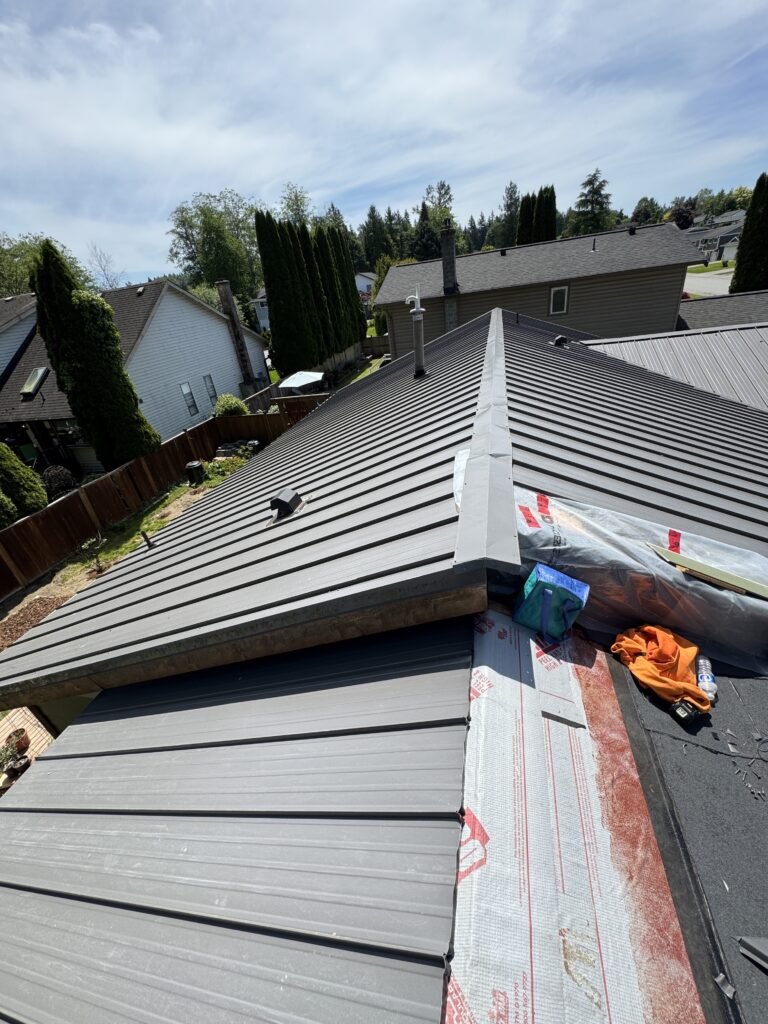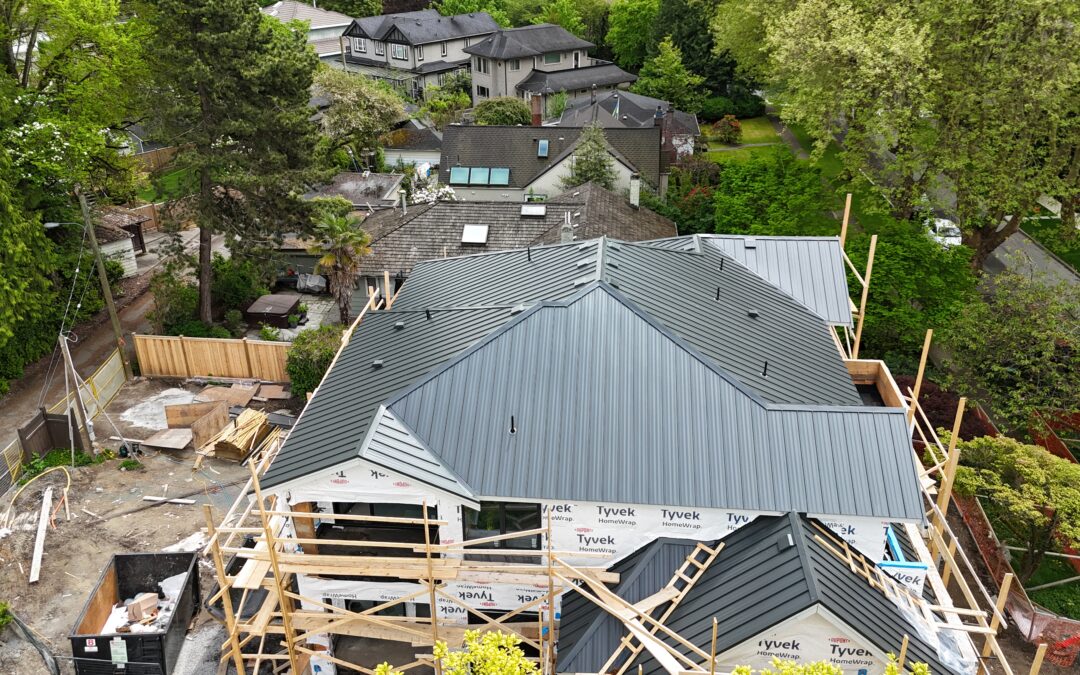Getting a new roof is a big step—and if you’ve picked metal roofs, you’ve made a smart choice. They’re tough, save energy, and stand up well to rough weather. That’s why metal roofing in Whistler is becoming more popular, especially with all the snow and rain in the area.
But what really happens when it’s time to install one? Whether you’re replacing an old roof or building a new house, we’ll walk you through the process. This way, you’ll know what to expect every step of the way—from laying down metal roof sheets to securing the metal roof panels on your sloped roofs.
1. Roof Inspection and Slope Evaluation
Before getting started, your roofer will take a good look at your current roof. If your home has a sloped roof, the pitch matters a lot when it comes to installing metal roof sheets or metal roof panels. The right slope helps water drain off properly and keeps it from pooling—something that really matters in places like Whistler, where rain and snow show up often.
Many homeowners don’t know that metal roofs need a certain slope to work well. If your roof is too flat, water can sit there longer than it should. Over time, that can cause leaks or even damage. That’s why slope matters, especially for metal roofs. Not sure what slope is right? This guide on What Is the Minimum Slope for Metal Roofs? (5 Key Considerations) — explains it in simple terms. It covers everything you should know before going with sloped roofs, metal roof sheets, or metal roof panels.
Roofers will also check for any damage in the decking or structure to make sure it can support the weight of metal roofs and any added snow load. If adjustments are needed, your contractor will let you know before moving forward.
2. Choosing the Right Metal Roof Panels and Sheets
Once your roof gets the green light for installation, the next step is choosing your materials. There are several types of metal roof panels and metal roof sheets out there. Each one looks a little different, comes in different thicknesses, and is made for a specific job. Some are made of steel or aluminum, while others are coated for extra protection against rust.
According to the National Research Council Canada, choosing the right metal and coating can extend the life of your roof significantly—especially in coastal or snowy areas like Whistler. Homeowners often choose standing seam metal roofs for their sleek appearance and durability.
3. Removing Old Roofing and Preparing the Deck
The first thing your contractor will do if you’re getting a new roof is remove the old one. After that, they will get the surface ready for installation. This phase include ensuring the deck is smooth and ready, adding a waterproof underlayment, and inspecting it for decay.
Metal roofs are typically covered with synthetic underlayments to keep moisture out. These layers are crucial for maintaining the warmth and dryness of your house, particularly during the rainy winter months in Whistler.
4. Delivery and Handling of Metal Roofing Materials
Your metal roof panels and other materials will be delivered to your home. They’ll need to be stored properly on a flat, dry surface—away from moisture. Some roofing companies set up a designated space in your yard or driveway for easy access.
Because metal roof sheets can be long and heavy, handling them with care is crucial. Roofing professionals will use special tools to lift and install the panels without damaging them.
5. Installation of Metal Roofs: Step-by-Step Overview
Now comes the exciting part—installation. Roofers start by laying down the underlayment if it hasn’t been done already. Then they install the metal roof panels, starting from the bottom and working their way up.
Each panel is fastened securely to the roof deck using screws with rubber washers. Flashing is added around chimneys, skylights, and vents to keep water out. For sloped roofs, ridge caps and snow guards may be added for extra protection.
According to the National Roofing Contractors Association (NRCA), proper fastening techniques are key to preventing leaks and wind damage. Good roofers take their time to make sure everything is lined up perfectly.
6. Clean-Up and Final Quality Check
After all the metal roof sheets and flashings are installed, the roofing team will clean up the site. They’ll remove old materials, stray nails, and packaging from the new panels. A quality check is then performed to make sure every piece of your new roof is secure and weather-ready.
In areas like Whistler, roofing contractors often double-check snow guards and seals to prepare for winter. A good clean-up and inspection not only make your home look better—it also ensures your metal roofs perform as expected.
7. Warranties, Maintenance, and Final Paperwork
Once your roof is complete, you’ll receive the warranty and any maintenance guides from your installer. Most metal roofs come with warranties ranging from 30 to 50 years, depending on the materials and installation quality.
Ask your contractor about proper care. For example:
- Clean your gutters regularly.
- Inspect the roof after storms.
- Avoid walking on metal roofs to prevent dents or scratches.
You may also be eligible for energy savings or insurance discounts because metal roofs are fire-resistant and energy-efficient. Reflective roofing materials like metal roofs can help lower your cooling costs during summer months, according to Natural Resources Canada.

Why Metal Roofs Are a Smart Choice for Whistler Homes
There’s a reason why more homeowners in Whistler are switching to metal roofs. These systems last longer than asphalt shingles, stand up to snow and wind, and look sleek on modern and rustic homes alike. Because sloped roofs are common in this area, metal roofing works especially well to shed snow quickly and reduce ice buildup.
Even though metal roof installation can take a few days depending on the size of your home, the long-term benefits make it worth the wait.
Final Thoughts
Knowing what to expect during a metal roofs installation can take the stress out of the process. From inspections and prep work to final clean-up and paperwork, every step matters. The more informed you are, the better decisions you’ll make when choosing materials, hiring contractors, and maintaining your investment.
If you live in Whistler or nearby areas, make sure your installer is experienced in metal roofing in Whistler and understands local weather conditions. A well-installed metal roof not only protects your home—it adds long-term value and peace of mind.

